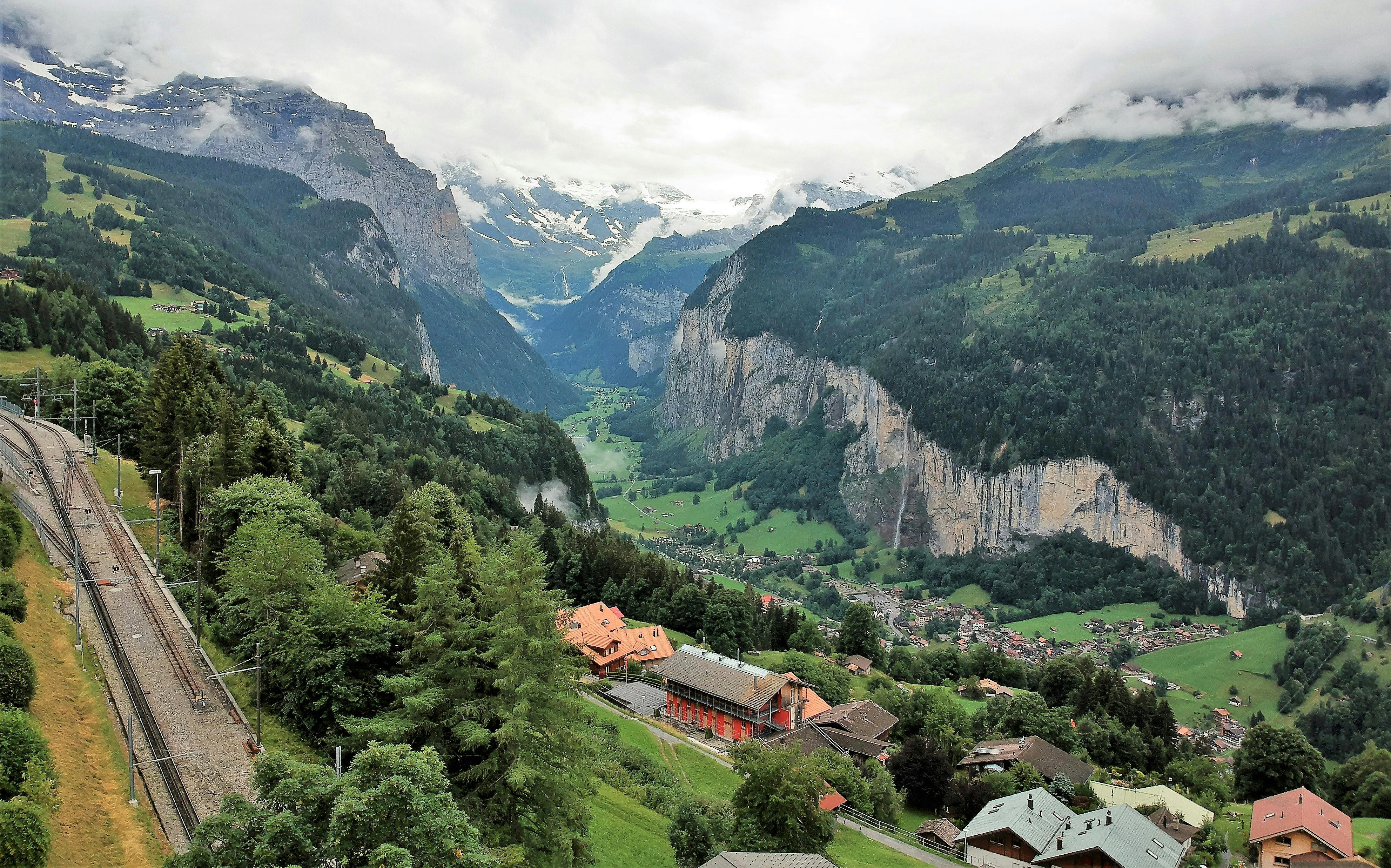The name of the factory was Harbin Tractor Works. Actually, Harbin’s tractor didn’t work… not very well, anyway. After nearly thirty years of working for the world leader in quality earthmoving equipment, I was shocked beyond belief by the product Harbin Tractor Works was churning out the back door. I am sure I will never be able to find the words to adequately describe what we saw. I’ll give it a try though.
First we toured the body shop… the place where they make fenders, hoods and stuff. The impression that stuck with me was rust. Every piece of metal in the huge room was covered in heavy rust. The floor was littered with garbage, scrap parts, and a maze of acetylene torch hoses and sledgehammers. There were no presses. There were no dies. This was definitely a “Heat and Beat” store. The next impression that has accompanied me for all these years… no two parts are the same. In fact, they were so different that they couldn’t be stacked.
The frame area came later. There were no fixtures for welding fabrications. The welder held the different parts in place with C-clamps or by hand while he welded them. Nothing was measured. Also, like in the sheet metal department, all the parts were covered in rust. There was no evidence of any engineering drawing. There was no evidence of any welding procedures or assembly instructions. I was told that these welders had been doing the same job for so long that they knew where each of the different parts went. I noticed that the size of the welds ranged from 1/8 to 3/4 of an inch…on the same joint. Therefore, the frames were deformed and deflected in all directions. Because of this, they had several straightening presses where the operators tried to get the frame back into some dimensional conformity. This didn’t work very well.
In the meeting area, there seemed to be no logical order of things. Similar pieces were all over the room, as three or four workers tried to find pieces that could fit together without too many bumps and cuts. Since no two parts are alike, this process sometimes took several minutes before compatible parts could be found. Rust was still the favorite color. I watched as they installed the tires on one unit and pushed it to the next area to install the motor. The tractor leaned to the left, the right side at least four inches higher than the left. When I asked our guide, he informed me that this was a normal condition, that this would not affect the function of the tractor. Function is the keyword here.
Our next stop was the paint shop. If I hadn’t seen it with my own eyes, I wouldn’t have believed it. Tractors were being hand-painted…with a brush…onto rust…without masking tape…by girls in dresses and high heels. The tractors’ bodywork was bright red, and the rims and wheels were painted black. There were no decals. There was no chrome. The seats were made of thin plastic that had broken and cracked, exposing dried grass that had been used for padding. In short, the units looked like they were made in a backyard garage by ten-year-olds hoping to win the derby. No two units were the same.
The test area revealed my worst fears. The tractors performed terribly. If the unit was lucky enough to get going, they were herded into a loose dirt pile where, now get this, six workers filled the bucket with dirt using long-handled shovels. Then the bucket was slowly raised. Once it reached the proper height, the tractor started up and drove thirty feet to another mound of earth. She stopped and dropped the bucket, upsetting the load. If the tractor completed this test, it was taken to the shipping department.
“May I offer a suggestion?” I asked the head of the test area. “Why don’t you have the operator lower the bucket, drive to the dirt pile to fill it, and then lift it up and go to the dump pile? Why have the workers fill it by hand?”
“We have enough hydraulic power to lift the bucket. We have enough hydraulic power to move the machine from one place to another. We don’t have enough hydraulic power to do both at the same time.”
“Oh…well…okay then.”
What we saw that day was typical of similar factories across China, although there were a few that did a few things better. The government told the factory leaders how many units to make each month. They were then loaded onto railroad cars and the cars disappeared. The people who built the machines had no idea where they were going or who the users were. They had no user feedback, so they had no idea how the units worked or what idea they liked or didn’t like about the tractors. There was no such thing as guarantees.
We now knew why the Chinese government was willing to pay our company a substantial amount of money for a twenty-year technology transfer. They wanted to learn how to make tractors that we made twenty years ago. If they were successful, they would have advanced fifty years in their own making. I knew one thing for sure. It wasn’t going to happen overnight… and I was going to end up making multiple trips to China. At the time, I wasn’t sure if I liked that idea or not.
Note: It was clear that back in 1989, quality, for the most part, was a matter of function. If he could sit on the seat, it didn’t matter if he was broken. If you hit the brakes and the vehicle stopped, it didn’t matter if it made a terrible screeching noise. Recent headlines about lead content in paint and contaminated food products make me think that there is still a large faction of Chinese manufacturers who still think that way.




